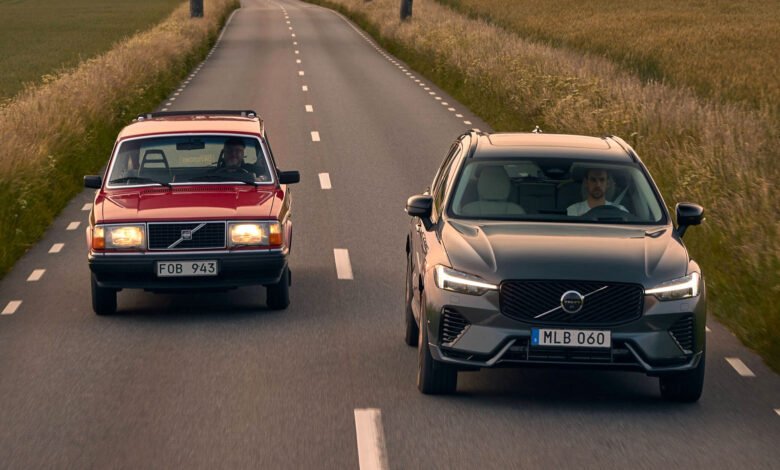Volvo Is in Trouble and Its Solutions Are Two Years Away

When Volvo reflects on 2025 down the line, history will either define it as a rebuilding year, or the year things definitively took a turn for the worse. After losing over $1 billion globally through the second quarter of 2025, the Swedish automaker reported a 14% drop in global sales for this past July. It comes on the heels of 12% year-over-year drops for June and May each, and an overall 10% slide over the first seven months of this year, cumulatively.
You don’t have to be an investor to recognize that the numbers are moving in the wrong direction. Volvo says it’s taken steps to mitigate the blow, but they’re not roundly encouraging. On the one hand, the company cut 3,000 jobs globally. On the other, it’s finally moved to build its XC60 SUV—its best-selling model in North America—at its Ridgeville, South Carolina facility to avoid tariffs. The only problem is, XC60s won’t begin rolling off the production line there until 2027. Provided all goes according to plan, it’ll be joined by the XC90 a year later. We’ll be in a presidential election and subsequently have a new administration by the time this all takes place.
Meanwhile, Volvo’s electric flagship—the EX90—hasn’t launched in the best shape, to put it mildly. Consumer Reports published an alarming list of issues it encountered with its SUV, which starts at $81,290. From third-row seats that have trouble folding due to overheating motors, to blind spot warning alarms that go off when the car is stationary, to the audio system randomly going silent, their experience with the EX90 didn’t exactly prop up Volvo’s reputation for quality.

On the other end of the spectrum, the plucky EX30—which has suffered glitches of its own—finally hit dealers earlier this year for about $10K more than initially advertised. The government’s tariff frenzy obviously isn’t Volvo’s fault, but it is yet another frustration in a time of many for the company. It may have to adjust its mix of hybrids versus fully electric models, as global sales of the latter specifically are down 23% from January through July. Plug-in hybrids are off less than one percentage point, while ICE cars and mild hybrids are 7% down compared to 2024’s first seven months.
Whatever Volvo introduces in the future to stem this tide, it won’t look like what the brand has shown us before. The ES90’s raised ride height, despite being a sedan, is no accident. Volvo is an SUV-first brand now and, in the words of its recently departed CEO, it’s more likely to tweak proven models like the XC60 with unique trim packages than introduce a wholly new, yet niche wagon. If that is what Volvo is now, fair enough. But it still needs to execute those products properly—and that includes their software.



